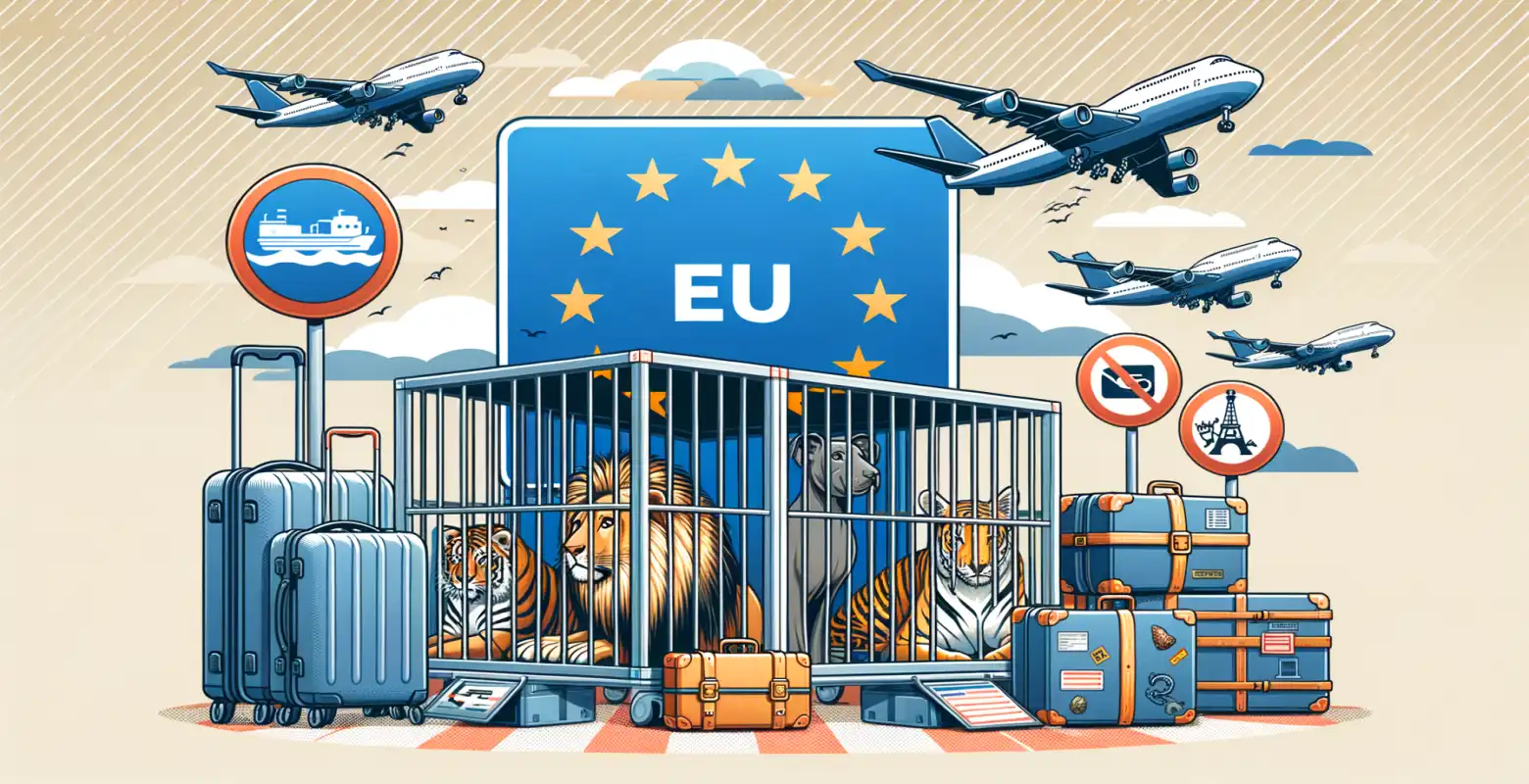EU regulations on the transportation of exotic animals
Introduction
The regulations of the European Union regarding the transportation of exotic animals are an extremely important topic for both animal lovers and entities involved in the import and export of these animals. As globalization progresses and the mobility of people and goods increases, the number of transported exotic animals also rises. On one hand, this allows easier access to rare species, but on the other hand, it poses serious challenges related to animal health protection, biological safety, and nature conservation. In this article, we will examine the regulations governing the transportation of exotic animals in the EU, their main objectives, and the challenges faced in implementing these regulations.
Basic EU Regulations on the Transportation of Exotic Animals
The European Union enforces a series of regulations and directives aimed at regulating the transportation of exotic animals. The most important of these is Council Regulation (EC) No 338/97, which implements the Convention on International Trade in Endangered Species of Wild Fauna and Flora (CITES). CITES is a global agreement aimed at ensuring that the trade of wild animals and plants does not threaten their survival.
Under EU regulations, the transportation of exotic animals requires compliance with specific conditions regarding animal health, welfare, and the protection of endangered species. Licenses and health certificates are required, as well as adherence to strict transport regulations, such as appropriate cages and means of transportation.
Health Requirements and Animal Welfare
One of the key elements of regulations concerning the transportation of exotic animals is ensuring that animals are transported in a way that minimizes stress and health risks. According to Regulation (EC) No 1/2005 on the protection of animals during transport, animals must be transported in suitable conditions that take into account their physiological and behavioral needs.
The transport of exotic animals requires not only appropriate containers but also ensuring the right temperature, ventilation, and access to water. Additionally, those responsible for transportation must be properly trained and aware of the specific needs of exotic animals.
Protection of Endangered Species
Protecting endangered species is one of the main goals of EU regulations regarding the transportation of exotic animals. Introducing alien species into European ecosystems can lead to irreversible changes in local ecosystems and threaten native species. Therefore, the EU enforces strict regulations on the import and export of exotic animals to prevent illegal trade and protect biodiversity.
International cooperation under CITES and strict border controls allow for effective monitoring of the flow of exotic animals and the protection of endangered species.
Challenges and the Future of Regulations on the Transportation of Exotic Animals
Implementing regulations on the transportation of exotic animals faces numerous challenges. One of the main issues is illegal trade, which continues to pose a significant threat to many species. Despite strict regulations, illegal import and export of exotic animals occur due to high demand for rare species as pets or collection items.
In the future, it will be crucial to strengthen international cooperation and further enhance border controls. Information technologies, such as tracking and identification systems, can play a significant role in monitoring the flow of exotic animals and preventing illegal trade.
Summary
The European Union regulations concerning the transportation of exotic animals play a key role in protecting animal health, ensuring their welfare, and safeguarding endangered species. Despite many challenges, such as illegal trade, these regulations represent a significant step towards sustainable and responsible trade of exotic animals. In the future, it will be essential to further strengthen international cooperation and utilize modern technologies to monitor the flow of animals and enforce regulations.
Anyone planning to transport exotic animals should familiarize themselves with the applicable regulations and ensure that their actions comply with the law. Only in this way can we contribute to the protection of biodiversity and provide future generations with the opportunity to enjoy the richness of our planet's fauna.






Number of comments: 0